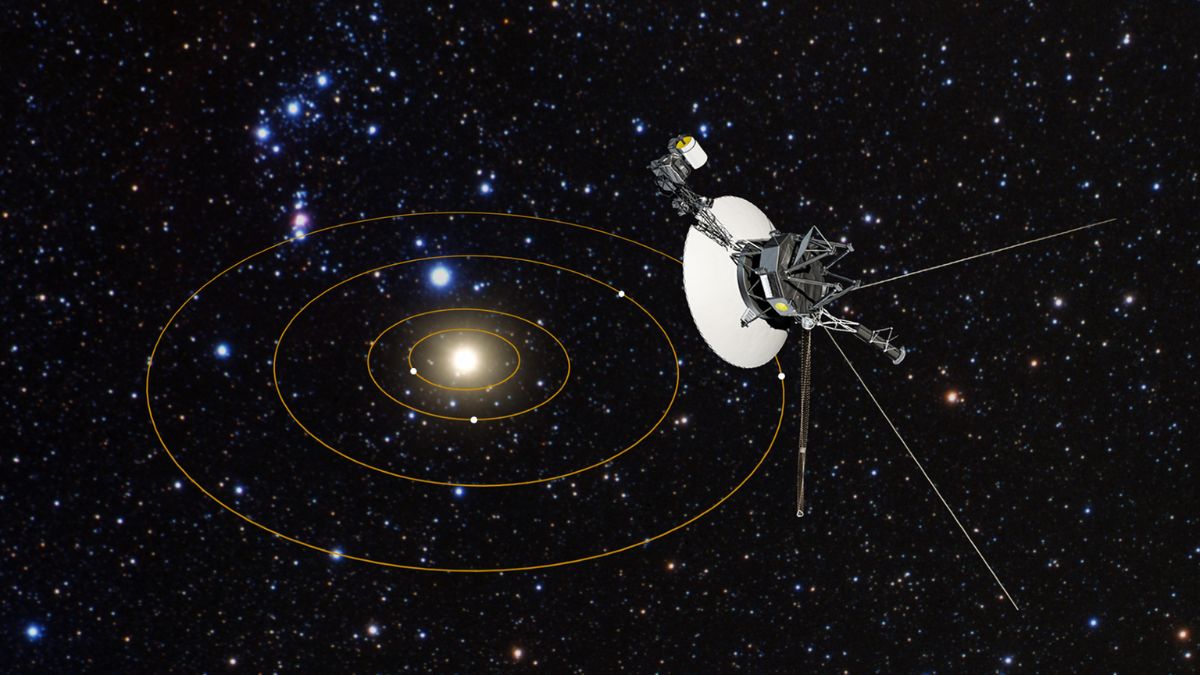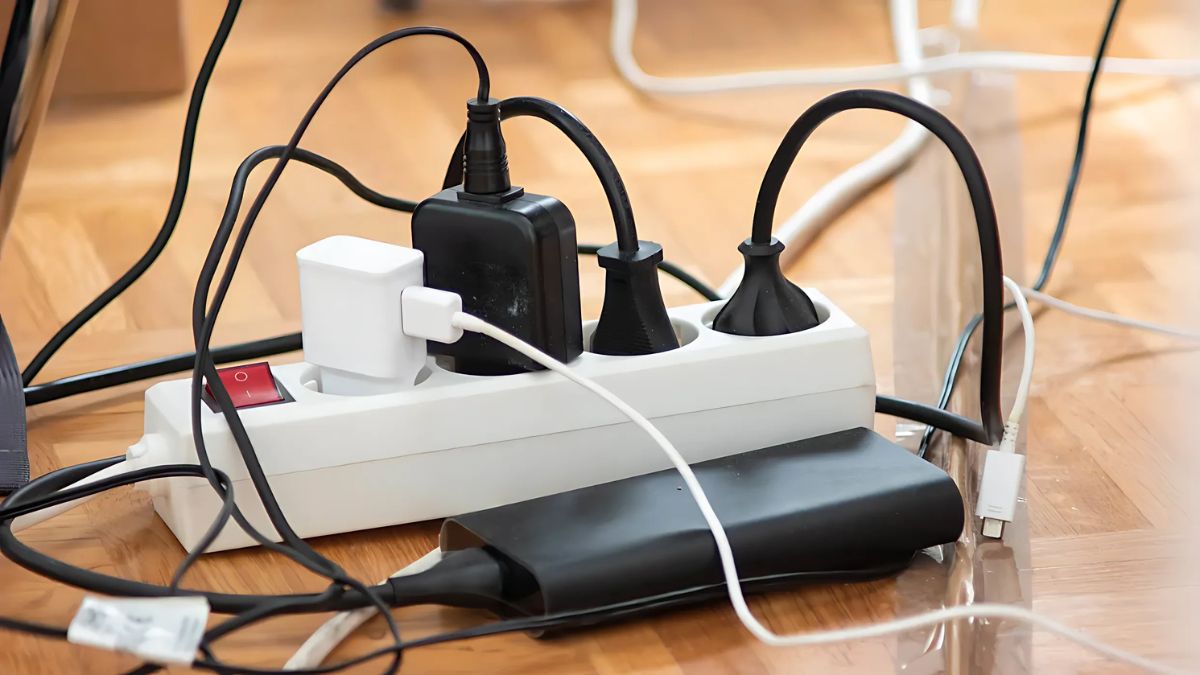After nearly five decades in deep space and billions of miles from Earth, Voyager 1 has done it again—proven its resilience. This time, the spacecraft went completely silent in October, triggering panic and awe in equal measure. But thanks to the brilliant minds at NASA’s Jet Propulsion Laboratory, communication has been re-established through a transmitter that hadn’t been used since 1981. It’s a story of science, skill, and a little bit of space magic.
Blackout
It all started on October 16. Voyager 1’s fault protection system kicked in, signaling a problem: power usage was spiking. To protect itself, it began shutting down non-essential systems, including its main communication lifeline—the X-band transmitter.
That move effectively cut off Voyager 1’s voice. The Deep Space Network on Earth, which normally picks up its signal, heard nothing. Just silence. Engineers scrambled to assess what had happened. On October 18, they picked up faint signals, only to lose them again the next day. That was the beginning of a nerve-wracking diagnostic journey.
Delay
One of the biggest challenges in fixing Voyager 1 is the delay. The spacecraft is so far from Earth that it takes 23 hours for a signal to travel one way. That means every test, every change, every command takes nearly two days to complete and verify.
After some detailed sleuthing, the team discovered that Voyager 1 had switched to its backup S-band transmitter. This transmitter hadn’t been used since the early years of the mission, and no one even expected it to function. But somehow, Voyager 1 activated it.
Revival
Reactivating a transmitter that hadn’t seen action since 1981 wasn’t easy. The S-band signal is weaker and sends less data, but it was enough. On October 22, engineers sent a test command to the spacecraft. Two days later, Voyager 1 responded.
Just like that, a dusty old backup system brought Voyager 1 back to life. While the S-band can’t replace the X-band permanently, it’s a lifeline that bought the team time to figure out what’s wrong with the main system.
Limits
Of course, the backup system has limitations. Its bandwidth is smaller, meaning Voyager 1 can’t send as much data. Plus, the switch back to the X-band has to be done cautiously. The team is still analyzing diagnostic data to understand what caused the issue and how to fix it without risking total communication loss.
Bruce Waggoner, Voyager mission assurance manager, made it clear: reactivating the X-band transmitter must be done carefully. Every move is critical, and there’s no room for error.
Legacy
Voyager 1 isn’t just a spacecraft—it’s a legend. Launched in 1977, it has delivered groundbreaking discoveries about Jupiter, Saturn, their moons, and the edge of our solar system. It’s the farthest human-made object ever, cruising through interstellar space and still sending messages home.
Its survival and continued function show just how far human ingenuity can go. The recent comms crisis is another chapter in its story, one that reminds us just how fragile—but also how brilliant—space exploration is. The fact that a 40-year-old backup system could be used today is nothing short of remarkable.
Voyager 1’s journey is the story of human curiosity, persistence, and the relentless desire to explore. Even from more than 15 billion miles away, it continues to inspire and prove that our reach does, in fact, extend to the stars.
FAQs
Why did Voyager 1 go silent?
A fault system shut down its main X-band transmitter.
How was contact with Voyager 1 restored?
Using a dormant S-band transmitter from 1981.
What is the issue with the S-band?
It’s weaker and transmits less data than the X-band.
Is Voyager 1 still in space?
Yes, it’s over 15 billion miles away in interstellar space.
What’s next for Voyager 1?
NASA plans to safely restore its X-band transmitter.



















